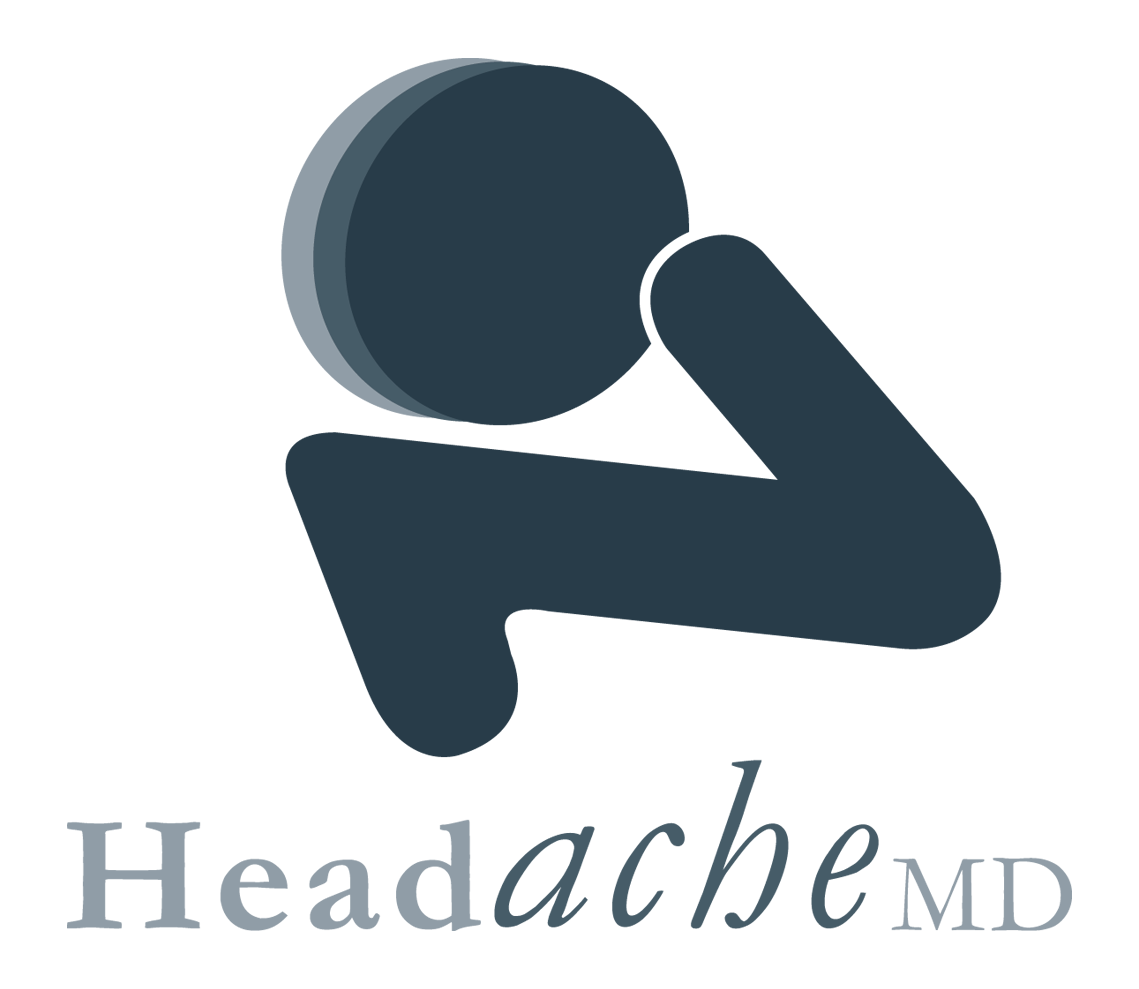For a lot of people, a headache is just a headache. They don’t know what’s causing it, and so they take it for granted. They self-diagnose and self-medicate without even knowing why they’re experiencing pain in the first place. While over-the-counter painkillers work on most headache cases, it’s just a temporary solution. Unless they understand what’s causing their pain, they won’t be able to treat it properly.
Not All Headaches are Migraines
Not every severe or chronic headache is a migraine. In fact, there are several types of headaches people commonly experience and misdiagnose as a migraine. The best way to know what type of headache you have is to see a doctor or a headache specialist, but for them to be able to give you an accurate diagnosis, you should be able to describe the headache to them and let them know of potential causes or triggers you may have encountered. Here is a list of the 5 most common types of headaches to help you understand what you’re dealing with.
- Migraine Headaches – What most people don’t know about migraines is that the headache is just a symptom of this chronic condition. A person can suffer from migraines without experiencing a headache. The headache caused by a migraine is characterized as a throbbing pain on one side of the head. The pain is usually moderate to severe and comes with other symptoms like nausea and vomiting. Some people experience sensory disturbances or auras before the actual onset of the headache. Experts are still unsure about what the exact cause of this condition is, but they have identified potential headache triggers that patients should avoid in order to lessen the occurrence of the headaches.
- Tension Headaches – This type of headache is quite common, especially to those who are constantly under a lot of physical, and sometimes even mental and psychological stress. It is commonly confused with migraine headaches although the description of the pain is totally different. People with tension headaches do not experience the throbbing, pounding pain of a migraine. Instead, they feel like a tight band is putting pressure on their head. It usually begins from the neck area and creeps its way up to the back of the head and on both temples.
- Sinus Headaches – This type of headache is caused by inflamed sinuses. A person with a sinus headache often complains of nasal congestion, facial pain and a sharp pain on one or both sides of the head. This is because the inflamed sinuses are putting pressure on certain nerves in the face and head that causes the pain. It could be triggered by a simple cold or allergies that can cause nasal congestion and infection in the sinuses.
- Cluster Headaches – As the name suggests, cluster headaches come in waves or cycles. People who have cluster headaches experience pain that is severe and debilitating on one side of the head. Along with the pain also comes nasal congestion and watery eyes on the affected side. The cause of this condition is still unknown and so far, patients can only rely on over-the-counter pain relievers to manage the pain.
- Rebound Headaches – When a patient takes headache treatment into his or her own hands, this can bring more headaches rather than reduce them. This is because overmedicating can cause a rebound reaction commonly known as rebound headaches. This is why it is important to understand and follow the instructions on the prescription or the drug’s packaging.
If you’ve been suffering from headaches and your treatment methods aren’t working the way they’re supposed to, chances are you have a different type of headache or you are over-medicating. To avoid these painful and annoying situations, consult your doctor or headache specialist to get an accurate diagnosis and proper treatment and pain management.
